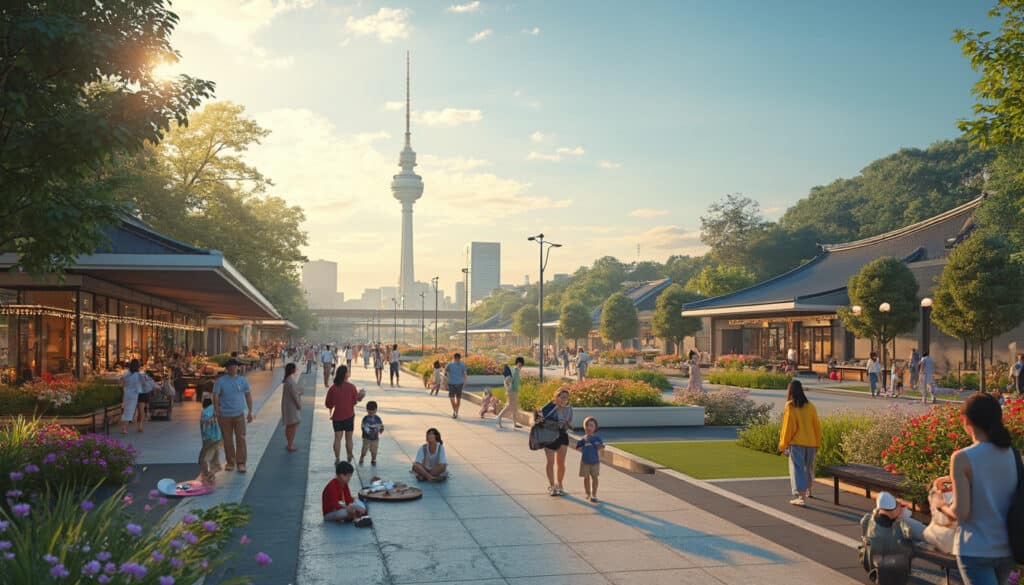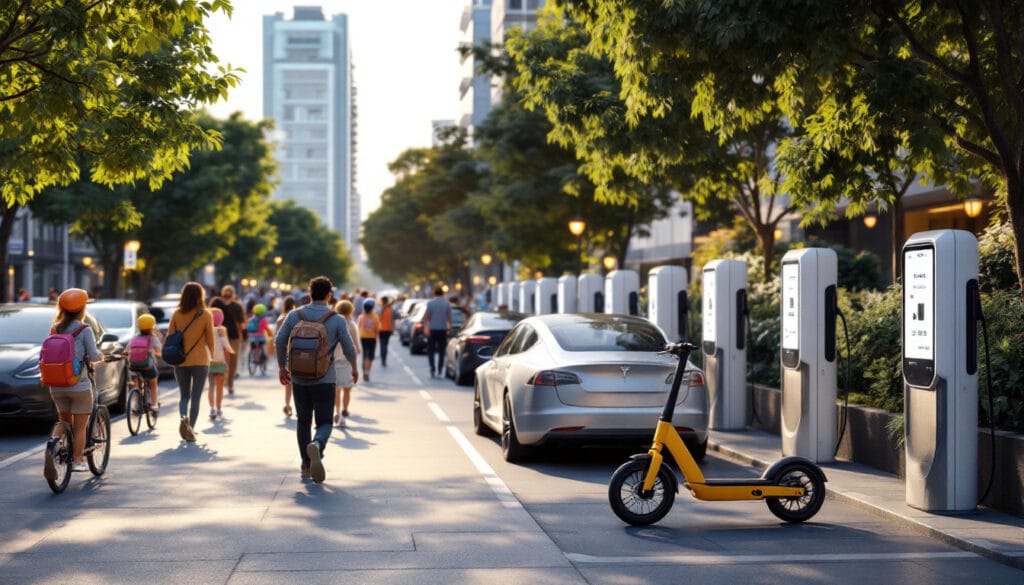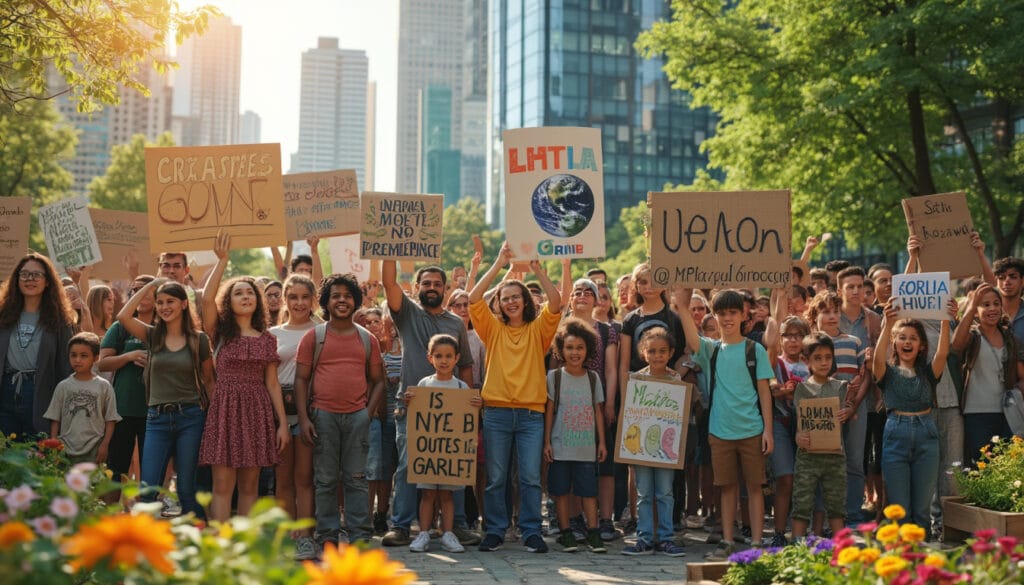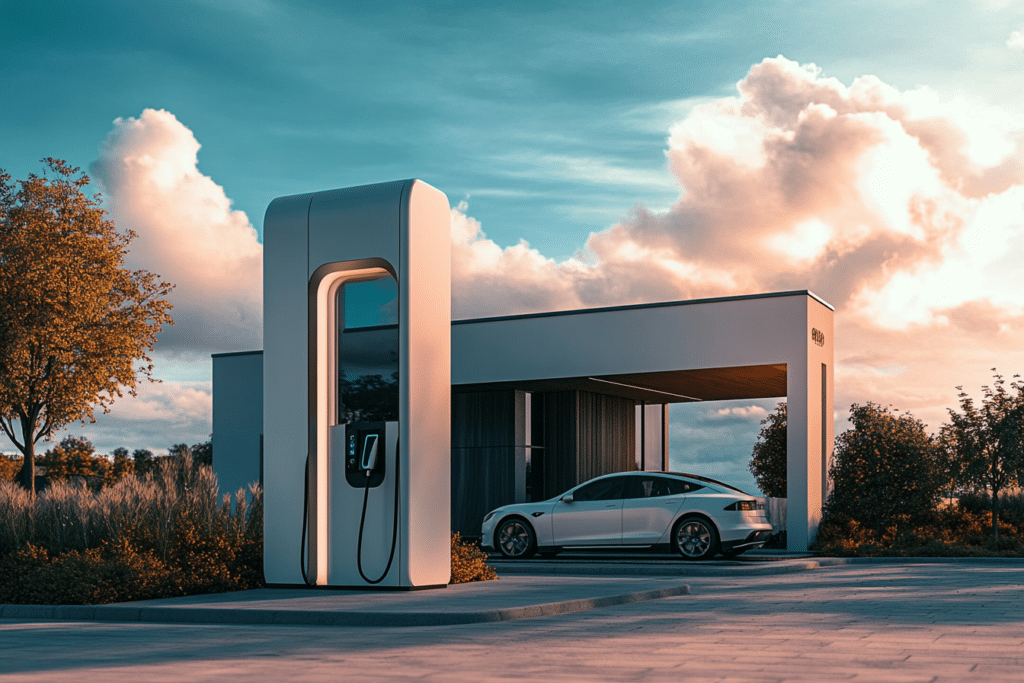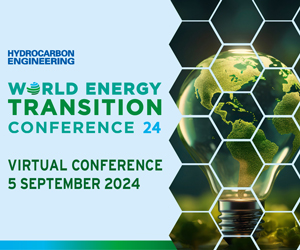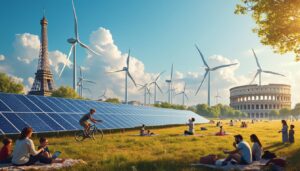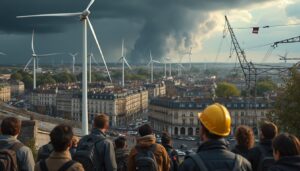On a cool December morning, city dwellers and tourists stroll along a stream lined with trees in the heart of Seoul, crossing its waters on stones. It is hard to imagine that more than twenty years ago, this space was a vast elevated highway, carrying 168,000 vehicles daily through the South Korean capital. The transformation of this place into a pedestrian and cyclist dedicated path embodies a new global urban trend, offering a space that is both popular and beloved, akin to other iconic projects like the High Line in New York.
On a cool December morning, Seoul presents a stunning sight with the transformation of an old elevated highway into a pleasant space for pedestrians. What once transported 168,000 cars daily in the heart of the South Korean capital is now a waterway named Cheonggyecheon, spanning 6km through the center, promoting walking and cycling. This ambitious project aligns with a global trend of reclaiming spaces for residents. As Seoul endorses new urban practices, this effort plays a crucial role in reducing air pollution and managing monsoon flooding. This bold initiative demonstrates how rehabilitation projects can become essential elements of modern urban landscape and culture.

cheonggyecheon in seoul: a surprising urban transformation
On a cool December morning, office workers and tourists walk along a tree-lined stream in the heart of Seoul, marking an urban revolution. Just twenty years ago, this space was an elevated highway carrying 168,000 cars daily to the center of the South Korean capital. Today, Cheonggyecheon has become a shining example of converting road infrastructure into spaces dedicated to pedestrians and cyclists. This spectacular transformation, completed in just 27 months at a cost of around 386 billion won, has captivated not only residents but also urban planners worldwide.
The restoration of this 6 km long stream, in addition to providing a peaceful respite from the bustling streets of Seoul, serves as a cultural corridor through its festivals and performances throughout the year. It also helps refresh surrounding neighborhoods, fight against air pollution, and manage increasingly intense monsoon flooding. This project attracts over 12 million visitors annually, illustrating how an ambitious vision can redefine urban space usage for the benefit of society and the environment.
environmental impact and social benefits
With the removal of the elevated highway, air quality has notably improved: nitrogen dioxide levels have dropped by 35%, making Cheonggyecheon a corridor of freshness with a temperature 3.6°C lower than the neighboring streets. These “wind paths” also enhance air circulation. Around the stream, wildlife and flora have thrived with 666 species recorded, marking an ecological renaissance in the city’s center. The project marked a decisive turning point, shifting from vehicle-centered transport policies to human-centered urban planning, reinforcing citizens’ desires for sustainable development.
The project, while praised for its successes, is not without criticism due to its high maintenance cost of 2.9 billion won per year to maintain the flow. Over 48,000 tons of water are pumped daily to preserve its restored stream appearance. Nevertheless, the transformation has inspired a series of similar projects and stimulated urban space improvements worldwide, with visits from professionals from as far afield as Nairobi and Tokyo being frequent, motivated to replicate what has become a model of urban rehabilitation.
towards a sustainable and inspired transformation
The success of Cheonggyecheon has prompted Seoul to remove 16 other elevated highways, replacing them with public spaces or expanded sidewalks, reaffirming the importance of pedestrian spaces for urban vitality. By adopting a human-centered approach, Seoul has demonstrated how a city can reimagine its space to meet the needs of citizens and the environment. By initiating a human-focused transport policy, Seoul offers a poignant example to metropolises worldwide, facing aging infrastructures and the urgent need to reduce emissions. By capitalizing on the movement towards more environmentally-friendly solutions, projects like this open a path toward innovations that place citizens at the heart of urban development.
Articles similaires
Thank you!
We will contact you soon.

